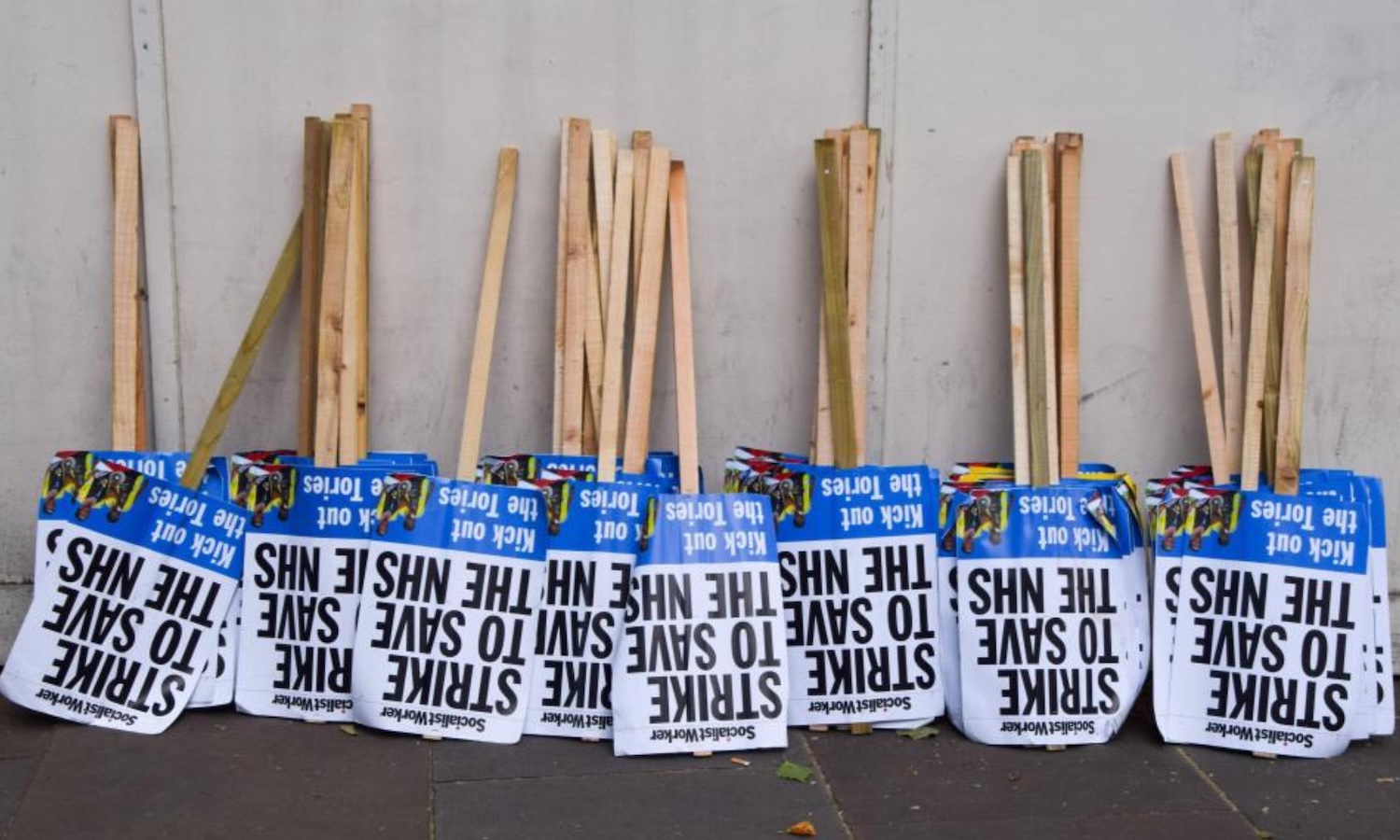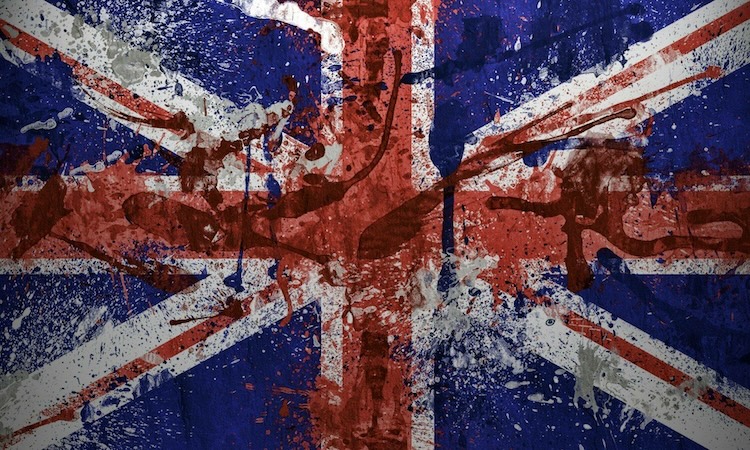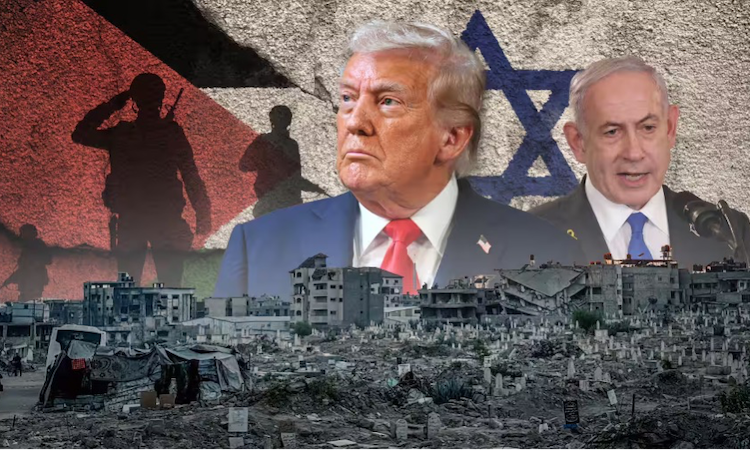At what point does a country cross the line from being ‘protected’ to being occupied? This is a question which many Qataris must be asking themselves as they witness the supposed US ‘protector’ of Qatar’s security flood their country with military trainers, advisors and consultants to ‘protect’ the country from an ‘unnamed foreign enemy’.
Tensions in the GCC
Back in 1996, when Qatar built the gigantic Al Udeid airbase, the country was a key member of the Saudi-led Gulf Cooperation Council (GCC) and a trusted US satellite. Come 2001, the USA could count on use of the base to get its warplanes in place for the genocidal war against Afghanistan. And in the wars that followed, Doha appeared to remain a loyal servant of the US.
Again in June 2019, when President Donald Trump scrambled F-22 stealth bombers in reply to Iran’s successful shooting down of a US drone, it was the Al Udeid base that was designated to serve as the launchpad for aggression against Iran.
As it turned out, Trump backed down in the face of unflinching Iranian resistance, but for many the incident raised a question mark over the base, which is owned by Qatar, acting as host to US Central Command for its attacks on Iran, an ally of Qatar.
Tensions within the GCC broke to the surface in 2017 with the suspension of Qatar, accused of ‘supporting terrorism’. In fact, all the corrupt feudal sheikhdoms of the Gulf were up to bankrolling one or other of the jihadi gangs which flourished across the middle east under the tolerant gaze of US imperialism. It seems that Qatar’s real sin was its friendly relationship with Iran.
The GCC mended fences with Qatar in 2021, but the closer ties Qatar had generated with Iran and Turkey during the breach endured after the reconciliation. In the view of some commentators, the end result was to augment its military strength and increase its independence, in the process firming up its relations with both Iran and Turkey.
‘Major non-Nato ally’: a poisoned chalice
It was in this context that, in January 2022, the USA announced that it was “inviting” Qatar to embrace its elevation to the dubious status of a “major non-Nato ally” (MNNA) of the USA – shortly before Russia began its special operation in Ukraine.
The US pressed its ‘ally’, in its role as host of the Fifa World Cup, to join the campaign to ban Russia from participation in the event. Further, the Pentagon entered into a ‘military cooperation agreement’ with Qatar – another offer which was hard to refuse.
The MNNA brand of alliance is not so much an alliance between equals as a humiliating affirmation of imperialist tutelage running counter to Qatar’s (or any other country’s) own best interests. Many Qataris are wary that Qatar will find itself being used willy nilly as a launchpad for aggression against Iran.
Working with Iran and others provokes US hostility
In particular, the fear is that US meddling will screw up crucial economic relations between Qatar and Iran. This is brought into sharp focus now that the global energy crisis is being exponentially aggravated by the backfiring anti-Russian sanctions regime.
Iran and Qatar jointly own and manage the South Pars North Dome natural gas field, the largest such maritime field in the world. It holds an estimated 50.97tn cubic metres of in-situ gas and some 50bn barrels of condensates and covers an area of 9,700 square kilometres. Now that the collective west has initiated a war of economic sanctions against Russia, thereby throwing the energy markets into turmoil, the question of who ultimately has control of such a major energy asset is the elephant in the room.
Development of the Iran-administered South Pars sector has been hampered by sanctions imposed on Iran, whilst the Qatar-administered North Dome sector has seen intensive investment from ExxonMobil, Total, Mitsui, Shell and other corporate giants.
Whilst Doha and Tehran have a common interest in seeing more of the revenues of the shared resource bolster their own economies, US imperialism has a quite contrary interest: to control and plunder the entire field to the exclusion of all others, further to its last-ditch defence of its shredding hegemony in the middle east.
An obvious way to advance this aspiration would be to force a split in relations between Doha and Tehran and draw Doha closer to the USA. Seen in this light, the seemingly friendly gesture of making Qatar a MNNA is more likely motivated by the cynical dictum: Keep your friends close, but your enemies closer.
But Qatar has other friends to whom it can turn, friends whose amicable relations do not come with such onerous conditions. In 2009, Qatar, Iran and Russia, collectively the largest holders in the world of natural gas reserves, formed a ‘gas troika’ to cooperate on joint projects.
Qatar has signed a 27-year deal to supply China’s Sinopec with gas. And Qatar’s customer base has broadened to south Korea, India and Japan.
For the moment, Doha continues to ride two horses, seemingly happy to write the USA a cheque for $1bn to buy the latest drone-busting piece of kit for use against an ‘unnamed foreign enemy’. But as the geopolitical plates continue to shift, it may become harder to discern who is Qatar’s friend and who its enemy.














